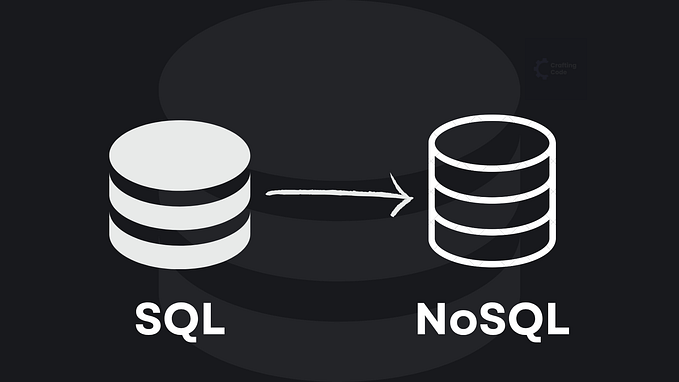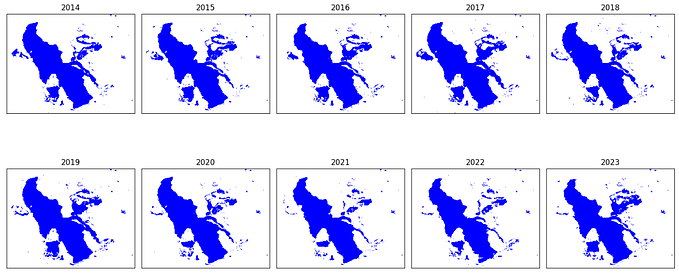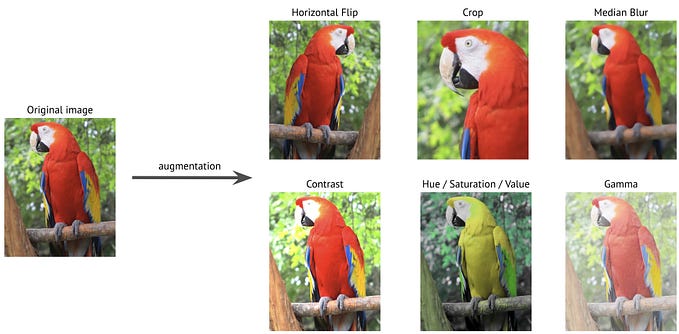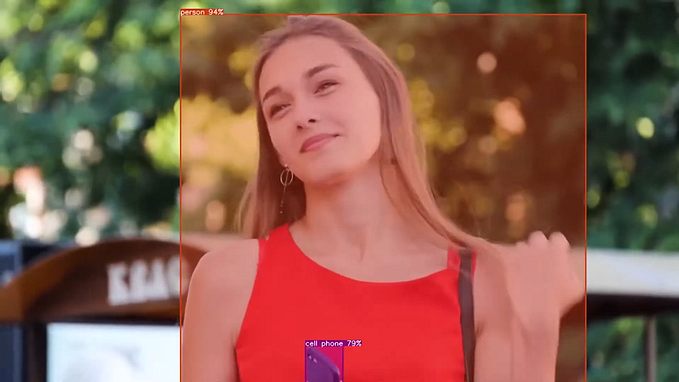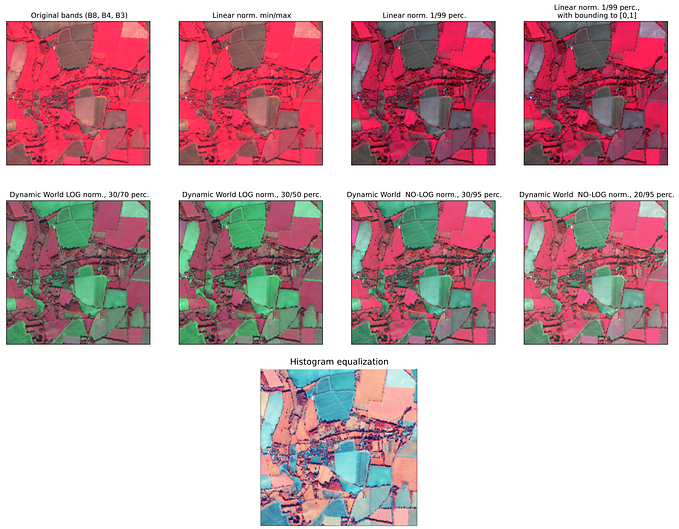Member-only story
Satellite Image Classification with Machine Learning & Python — Part 2: Validation
Validate a classified Sentinel 2 — in El Oued, Algerian Desert

Context
In remote sensing and machine learning, validating a classification model is essential.
In Part 1, we focused on creating a Random Forest model and classifying Sentinel-2 data for the El Oued region in the Algerian desert.
Now, in Part 2, we turn our attention to the crucial task of validating our classification results to ensure their accuracy and reliability.
Validation is a critical step in the machine learning workflow, and there are several techniques to choose from, including confusion matrix analysis, cross-validation, and k-fold validation. For simplicity and educational purposes, we will use confusion matrix analysis to assess the performance of our classification model.
Prerequisites
In this journey, we will need to install:
- Python 3.10+
- QGIS 3.X.X + for visualisation
We will need also to :
- The classified image from Part 1.
Validation of Classification
Get validation data & validation script
I’ve prepared a small GeoJSON file with 4 features to perform the validation with confusion matrix.
Also, I’ve prepared a Python script that make validation with confusion matrix.
Clone the repository, it’s the same one used in the Part 1:
git clone https://github.com/kokatic/rs-sentinel2-rf.gitDon’t forget to create a virtual environement if its not the case:
python -m venv venvThen activate the virtual environment:
For Windows (CMD):
venv\Scripts\activateFor Linux:
source venv/bin/activateInstall requirements then:
pip install -r requirements.txt


